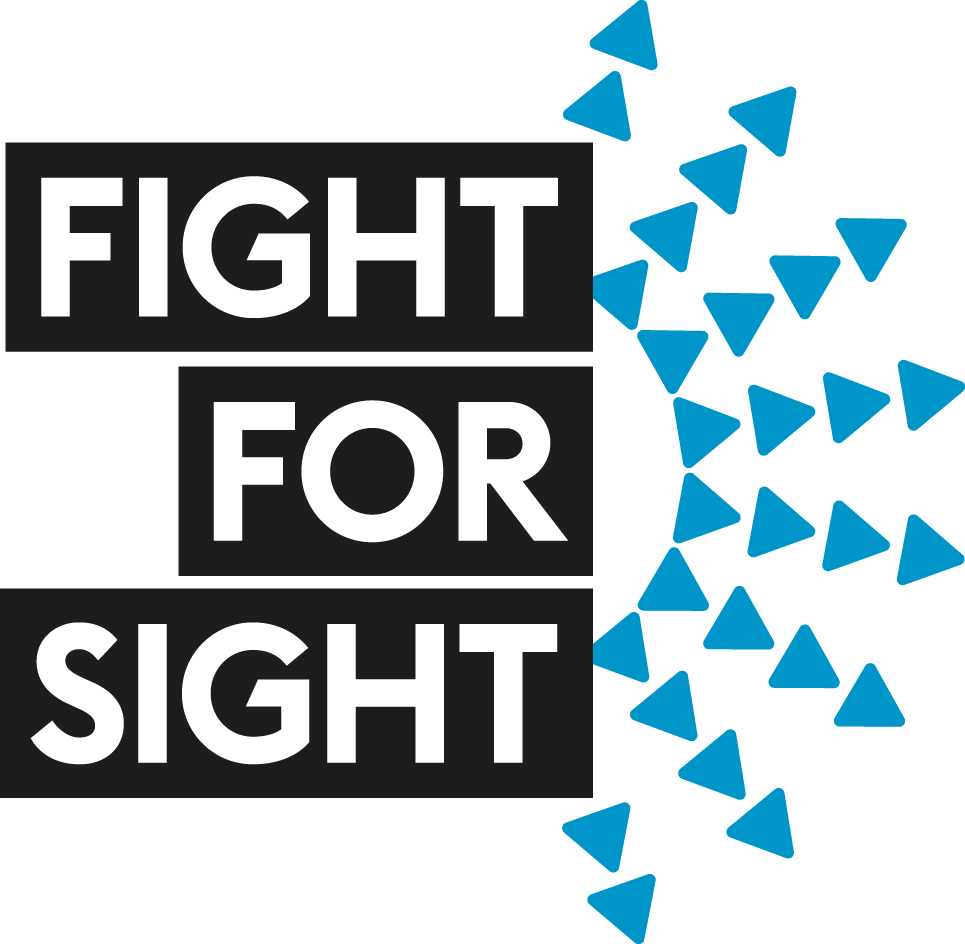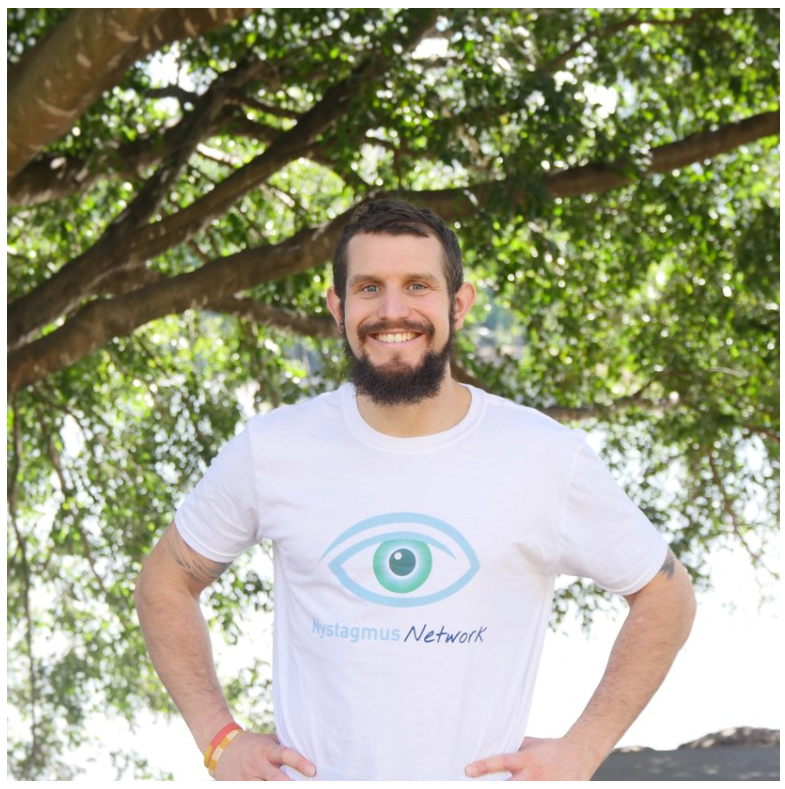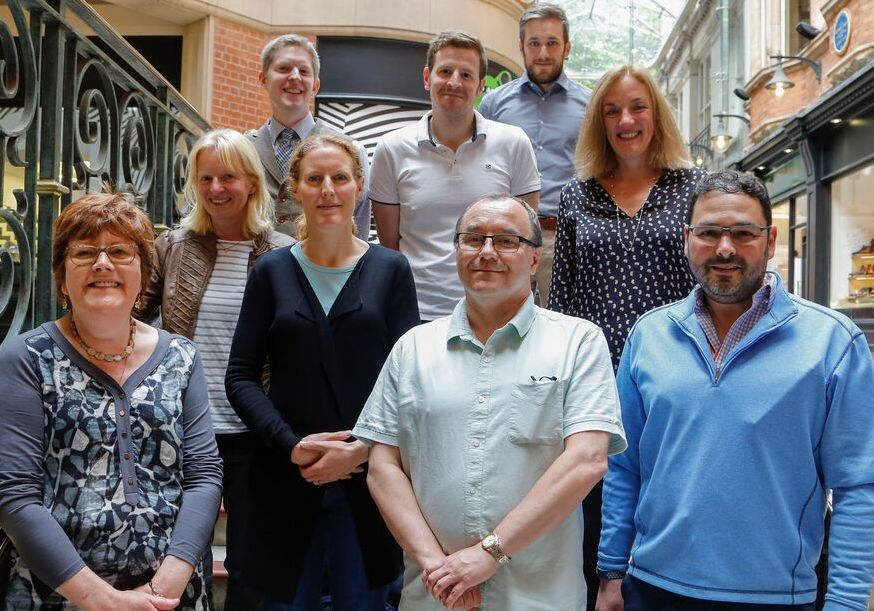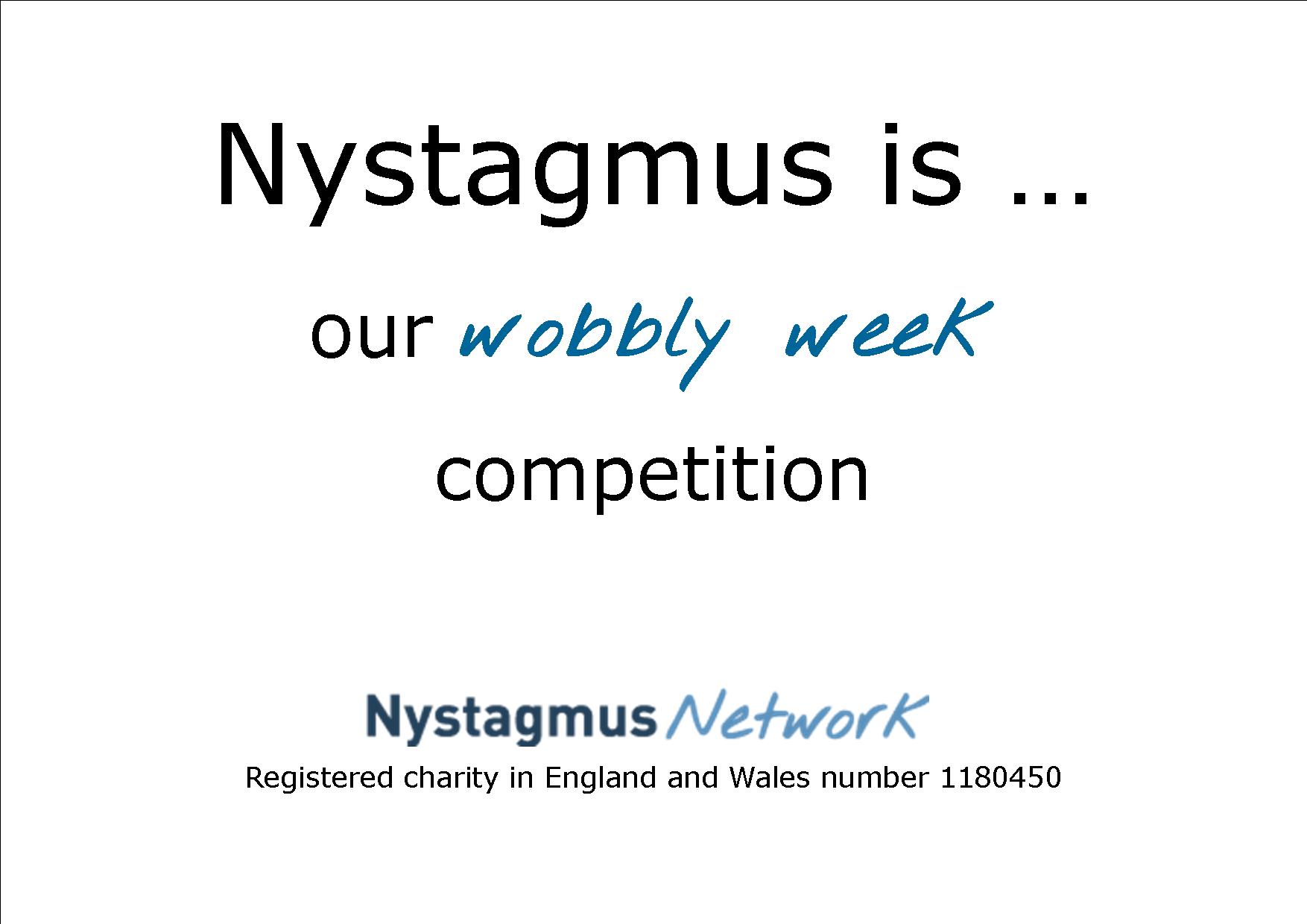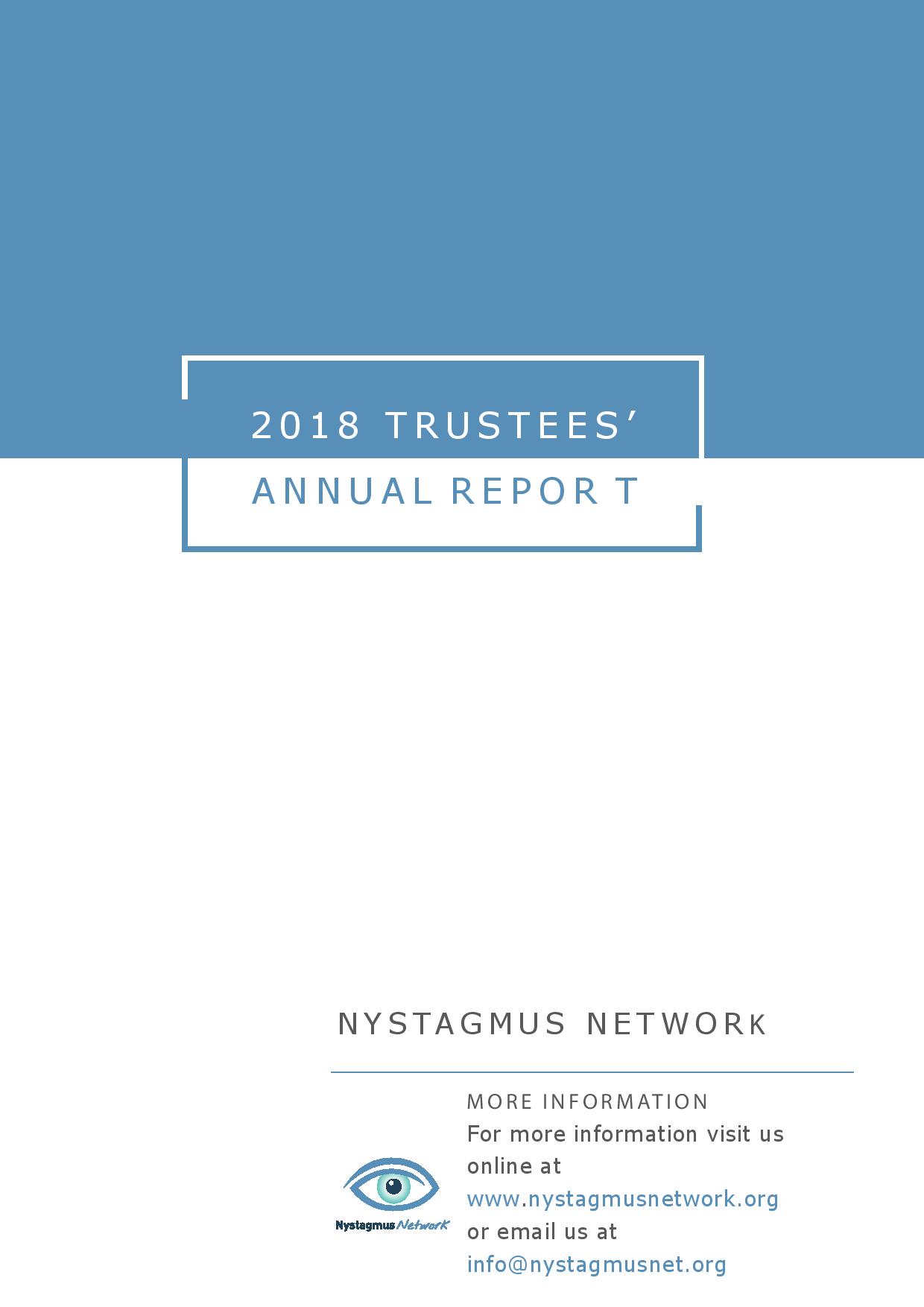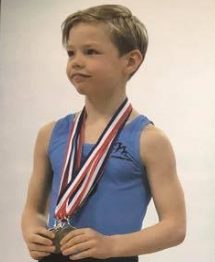Fight for Sight needs your help as part of a ground-breaking survey into the experience of living with sight loss or an eye condition. By taking part in the survey you will be helping Fight for Sight to put sight loss on the map and help increase the amount of money going into eye research.
You may not be aware but currently sight loss costs the UK economy over £28 billion each year. Yet only 1% of public grant funding for medical research is spent on eye research. That’s just £20 for each person living with sight loss.
Fight for Sight is determined to change this – but they need your support. Taking part could help them secure urgently needed funding for pioneering eye research projects.
Fight for Sight have asked Populus and Kaleidoscope Research to conduct the survey. We are independent research organisations and the information you share with us via this survey will be used for research purposes. The findings may be used as part of the evidence Fight for Sight present when seeking funding for eye research projects, in reports and as part of their publicity and campaigns work. Any findings published will be anonymised and not used in a manner which could identify you. We will respect your privacy at all times and your information will be kept securely.
To take part in the survey please click on the link below or paste it into your browser, it should take no more than 15 minutes to complete.
Take the survey online here.
If you would prefer to complete the survey by telephone, please contact Fight for Sight during office hours on 020 7264 3900 and they will arrange this for you.
If you have any queries or survey related issues please contact [email protected]

